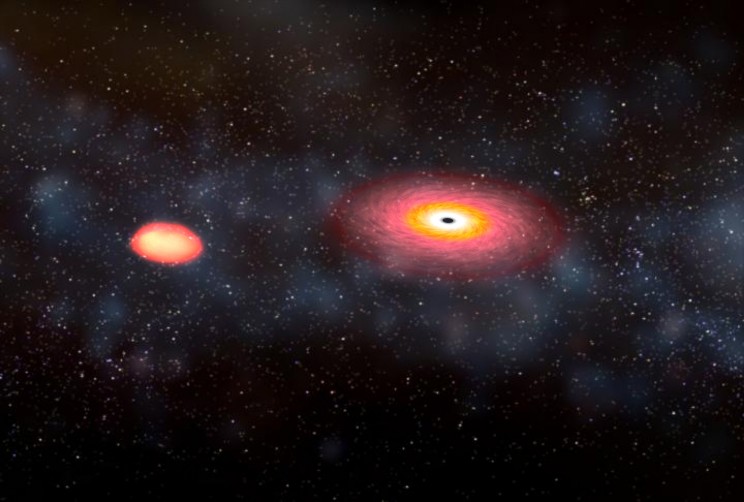
Scientists and researchers have been intrigued by the black hole for years now. Since no light can escape from a black hole, these spaces are essentially invisible and cannot be seen.
Therefore, only special space telescopes can detect the presence of a black hole. Scientists have been trying to ascertain for years whether or not the black hole is capable of destroying our planet and exactly what it contains.
The good news is that they have now found the answer to this question through specialized x-ray technology.
Japan and Sweden recently joined forces in an international project that demonstrates how gravity around the black hole affects the shape of the matter around it in binary system CYGNUS X-1. It is imperative to understand the relationship between gravity, black holes, and galaxies to uncover the mysteries of black holes.
The new study published in the journal Nature Astronomy is focused on a technique known as X-ray polarimetry.
In order to ascertain this, the researchers used an X-ray polarimeter on PoGO+ (a balloon). With the help of this equipment, they could figure out how much of the X-rays actually reflected off of the accretion disk. This eventually led them to identify the shape of the matter.
It is pertinent to note here that it is not a cakewalk to capture images of a black hole. Since light cannot escape from a black hole, you cannot really see it in the first place.
This study became a success the moment the researchers understood that they did not need to examine the black hole at all. Instead, all that they had to do was to observe and take note of the light that emerged from all the matter surrounding the black hole.
This was a significant breakthrough in their study which enabled them to further detect and determine the shape of the matter through X-ray polarimetry.
With all this information revealed, the scientists finally think that they can know more about black holes and understand all their characteristics in a better way. The co-author of the study, Hiromitsu Takahashi from the Hiroshima University explained, “It’s the same situation with hard X-rays around a black hole. However, hard X-rays and gamma rays coming from near the black hole penetrate this filter. There are no such ‘goggles’ for these rays, so we need another special kind of treatment to direct and measure this scattering of light.”
It seems that this new technology can finally uncover many unknowns that have been poking at researchers for decades. As explained by Takahashi, “The black hole in Cygnus is one of many. We would like to study more black holes using X-ray polarimetry, like those closer to the center of galaxies. Maybe we better understand black hole evolution, as well as galaxy evolution.”

